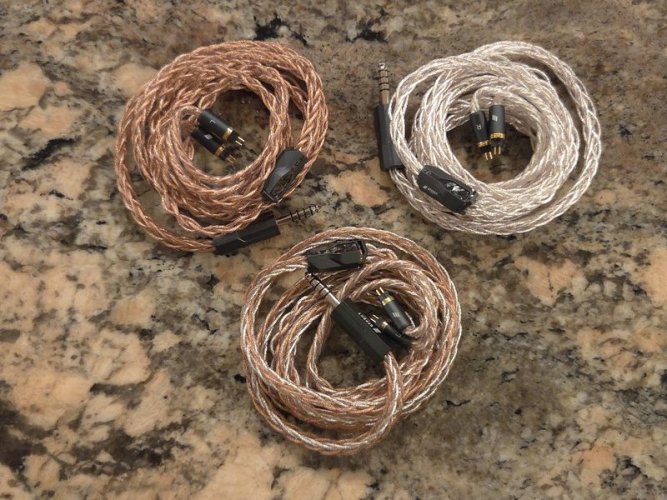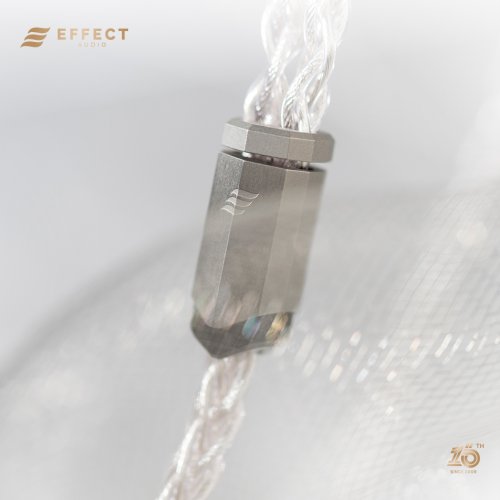Now that a new year has begun and I’ve settled more comfortably into this position, the time has come to start writing again. So from time to time I will be sharing some content to feed the discussion.
Some ideas that I have is a ‘spotlight’ on one of EA’s cable, which is a slightly fancier word for ‘brief review’ I think. A different approach is maybe articles on which cables pair best with certain IEMs. If any of you have any suggestions I’d love to hear it

I’ve started this edition with a special cable that has deeply impressed me, and reignited some of the passion that initially drove me to become a reviewer. One of the reasons I stopped writing two years ago was because I started to lose interest.
Cables and IEMs started to become more of the same, rather than something new and special. When you’ve heard a lot it becomes rarer and rarer that new pieces of equipment still manage to impress and excite you. Code 51 for me, was one of those rare occasions where I am wowed with something new.
Code 51

We started this hobby through our passion for music. We got addicted however, by that kick you get when you hear your setup in a next level: rediscovering and experiencing your music in a new light.
Code 51 is one of those portals into a new dimension: unlocking a next stage of transparency and resolution.
High resolution is mesmerizing because it has the ability to surprise you. You’re shocked to learn songs you thought you knew too well, were mastered with even more finesse than you initially realized.
When it comes to resolution, we often think about the overall level of detail and separation. But Code 51 draws you into the dynamism of each individual note – how it moves through space and develops over time. How the chord of a guitar is shadowed by a second which you hadn't previously heard before. To hear distinct voices within background vocals, rather than as one.
Yet Code 51 presents its high resolution with a neutral tone. In fact, it’s less bright than the other silver-based cables Effect Audio has to offer. Horus' treble might sparkle more, but there's a certain understatement in Code 51's tone that allows its technical capability to stand in the foreground. The treble resonates with clarity, but the sound remains smooth.
Similarly, its tone isn’t as warm as that of a copper cable such as, say an Ares II. We often associate naturalness with warmth, but naturalness also follows from realism. Code 51 isn't a warm cable, just as it isn't bright. Yet it manages to convey a beautifully natural sound by its true representation of instruments.
Natural sound, without warmth. And resolution, without brightness.
In this way, Code 51 is reminiscent of sitting in a top quality recording studio. Each instrument is presented with both incredible precision and minimal colouring. It's up to the engineer how he wants to tweak the sound after; but you get the distinct feeling that this comes pretty close to how it was originally recorded.
Code 51 particularly excels with already technically highly capable IEMs; nudging them a step further. For instance, the Phantom sounds highly resolved when paired with Code 51, while maintaining a natural sound. But for that ultimate sense of transparency, hearing music without a veil, it's most enjoyed with IEMs as the Empire Ears Zeus-XIV and 64 Audio A18.
Either way, it's destined to impress. Code 51: the perfect reminder why we started this hobby in the first place.
https://www.effectaudio.com/code51.html/
















































